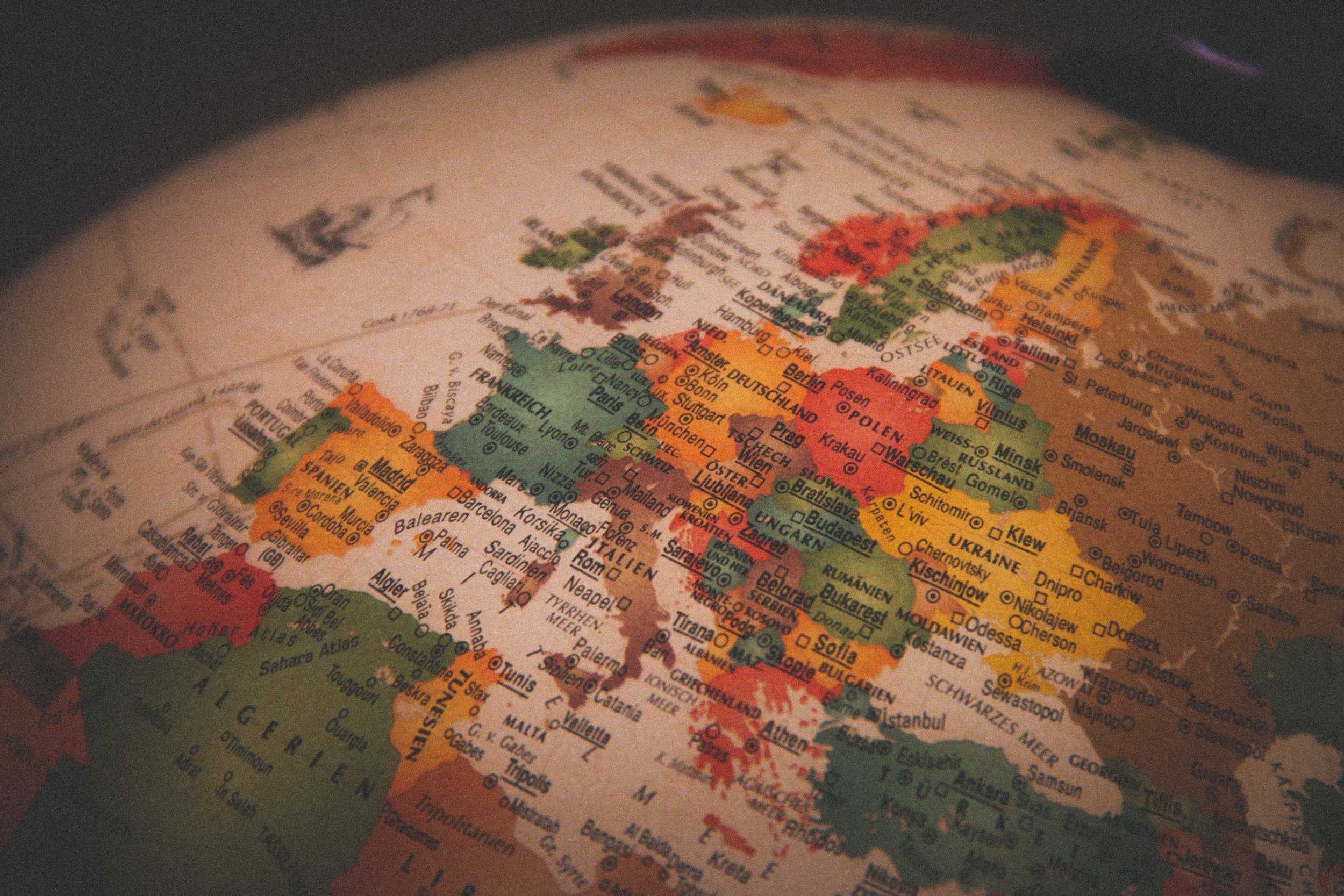A Five Minute Overview of Today’s Economy.
The word I would call the US economy as of today (it’s 04/06/2023) is bizarre.
And the word for our global economy wouldn’t be too far off from that. Understandably, the two have long lived hand in hand. Because of its size and interconnectedness, the US economy is bound to have important effects around the world. The US has the world’s largest economy, with a GDP (gross domestic product) of over $20 trillion. The US dollar is the most widely used currency in global trade and changes in the US economy plays a major role in driving global finance conditions. But the global economy is just as important to the US as well. Let’s take a look at where each of them stand today and what it all means.
In the US, job growth is slowing, but there is a high demand for workers. Inflation is still high, but has declined in the past year. And consumers are spending, but only in certain areas.
Our unemployment rate in the US sits at about 4% right now, which is relatively low, and the labor force participation rate inched to 62.5%, the highest since March of 2020. However, some areas are still struggling to find workers, especially hospitality and retail.
We still have concerns when it comes to inflation. The prices we are paying for goods and services have been increasing much faster than workers can afford, since wages are staying the same. This is partially due to supply chain issues and increased demand as the global economy recovers from the pandemic. The long term average inflation rate usually can be found at around 3.28%, but it got up to 9.1% in June of 2022. It’s very slowly going down, and our rate as of today is 6.04%.
It looks like we learned some lessons back in 2008 afterall, because the housing market has remained strong and in high demand, even with rising prices in many areas of the country. There is still growing concern over affordability for first time home buyers and a shortage of available homes.
And now onto the Stock Market. As we have seen everywhere for the past few years, the market has taken a beating. Back on February 20, 2020, the stock markets across the world crashed after growing instability due to the COVID-19 pandemic. This crash followed a decade of economic prosperity and global growth. Panic buying and supply disruptions exacerbated the market during this time as well. Today, the stock market is generally performing pretty well, with many investors encouraged by growth.
Overall, the US economy is still recovering from the pandemic, facing some challenges in the areas of inflation and supply chain disruptions. But there is also reason for optimism as the US economy grows and adapts.
In Europe, the economy is also growing, but there are still concerns about the impact of Brexit and rising energy prices. In Asia, China’s economy is growing at a slower pace than previous years, and Japan is showing signs of recovery, but is facing worries about an aging population and labor shortage.
When it comes to the global economy as a whole, there is still a bit of uncertainty showing. Some of the key factors include the ongoing COVID-19 pandemic, geopolitical tensions, inflation concerns and the impact of climate change.
The Covid-19 pandemic continues to affect many countries with lockdowns in place because of high infection rates. This is resulting in supply chain issues, reduced consumer demand and a shift to even more remote work and online shopping. Many governments and central banks across the globe have implemented policies to support businesses and households, but this also increases public debt levels.
The geopolitical tensions, mainly between the US, China and Russia, continue to pose significant risks to global trades and investments, leading to the implementation of tariffs and sanctions. Which can almost always harm the global economy.
Finally, the impact of climate change is being felt in the economy more and more, with frequent natural disasters, rising sea levels and changing weather patterns. Many businesses and governments are now focusing on sustainability and renewable energy by investing in clean technologies.
Overall, the global economy is showing resilience while facing a complex and evolving set of challenges. Economic activity in the US is projected to stagnate, with rising unemployment and falling inflation. And interest rates are probably going to remain high, but gradually decrease over the next few years as inflation will continue to slow.
Sylvia McCormick Burns, Co-founder Oakview Wealth Solutions

